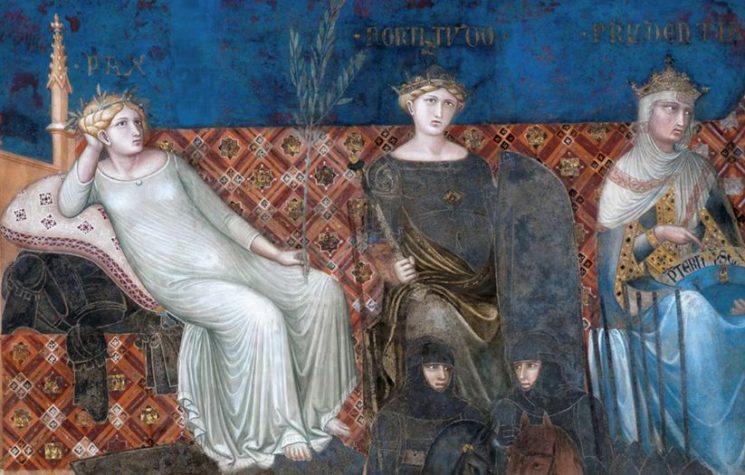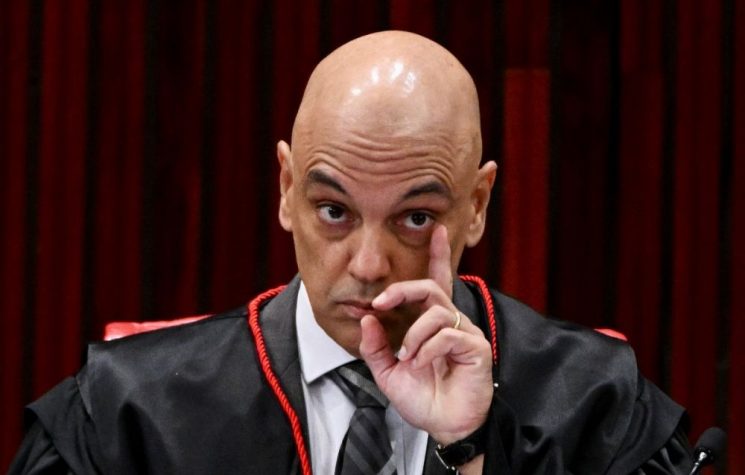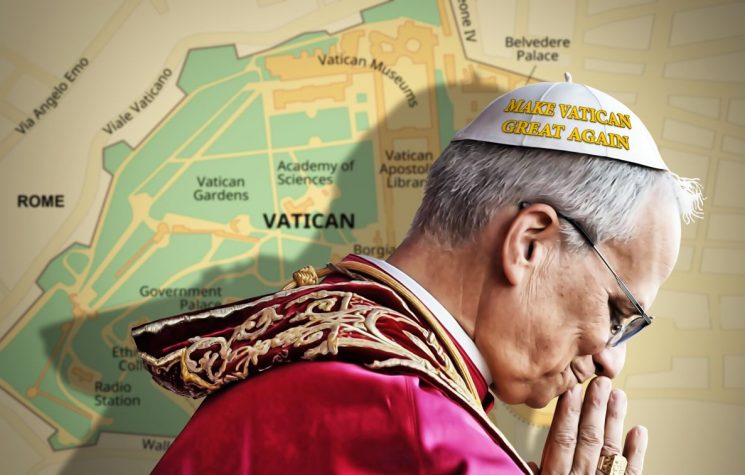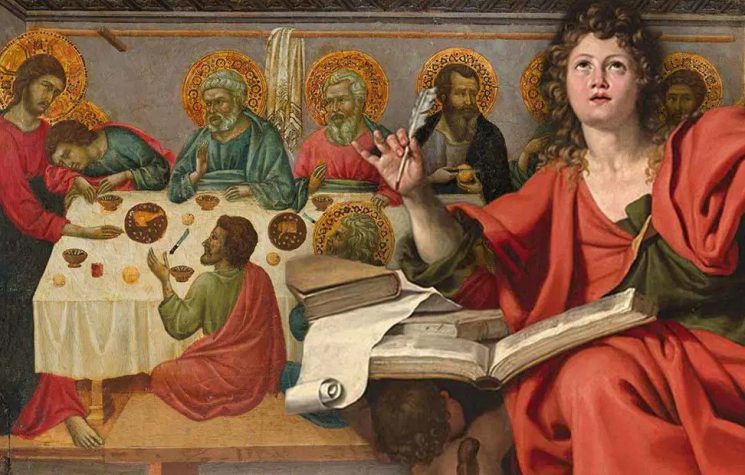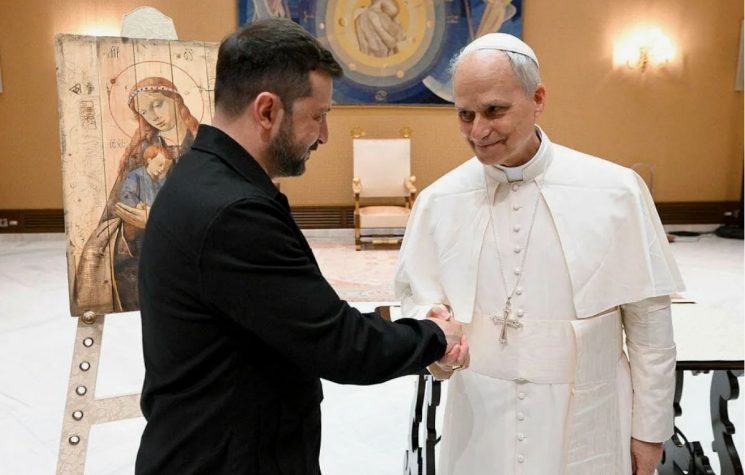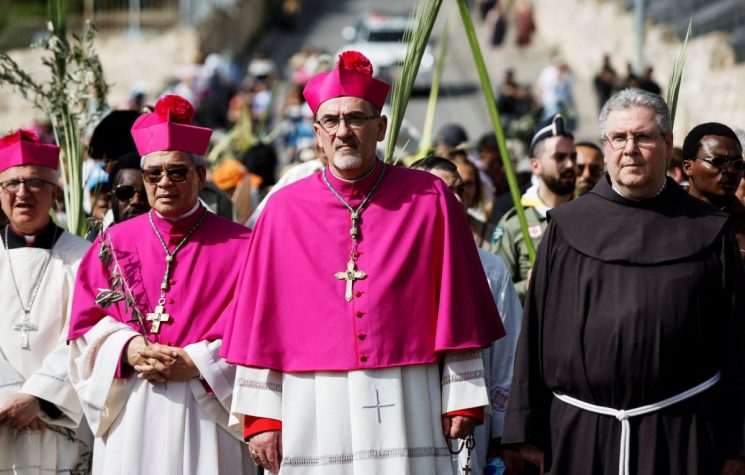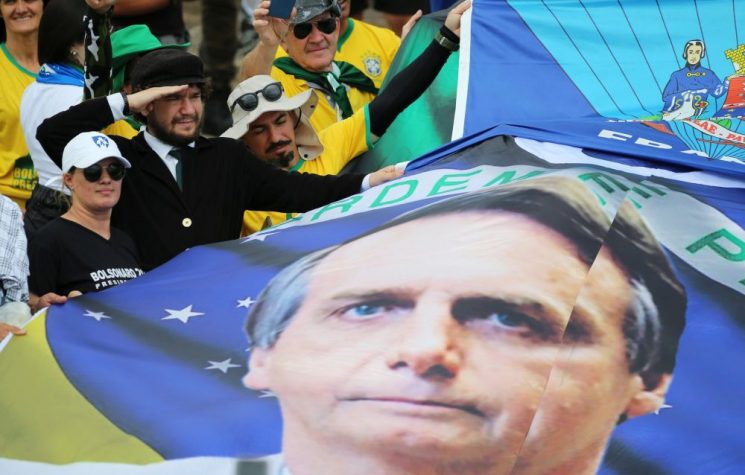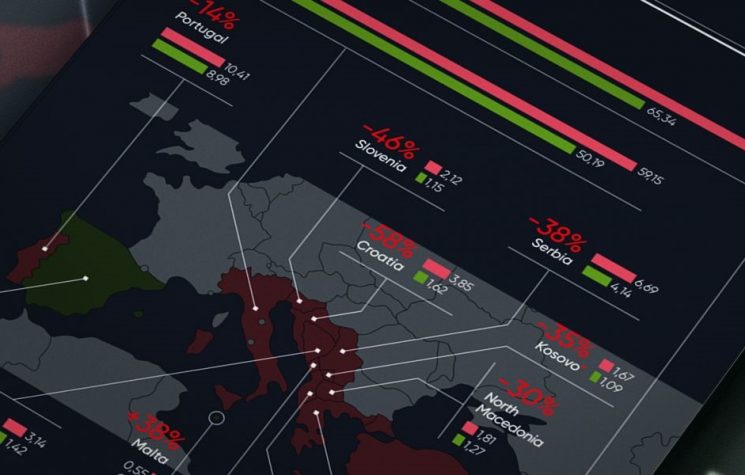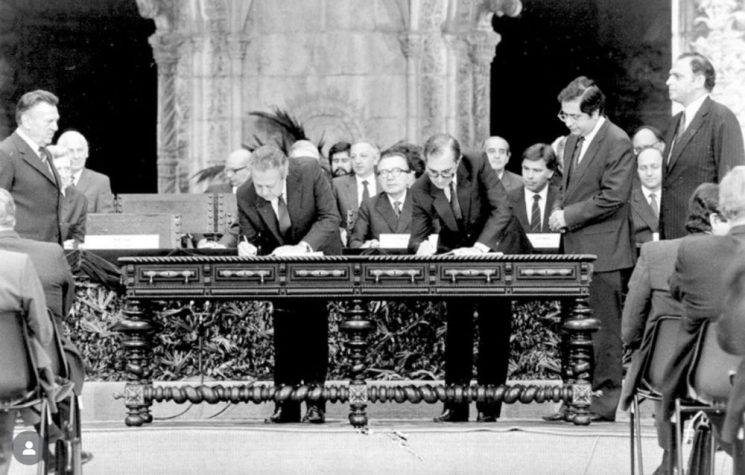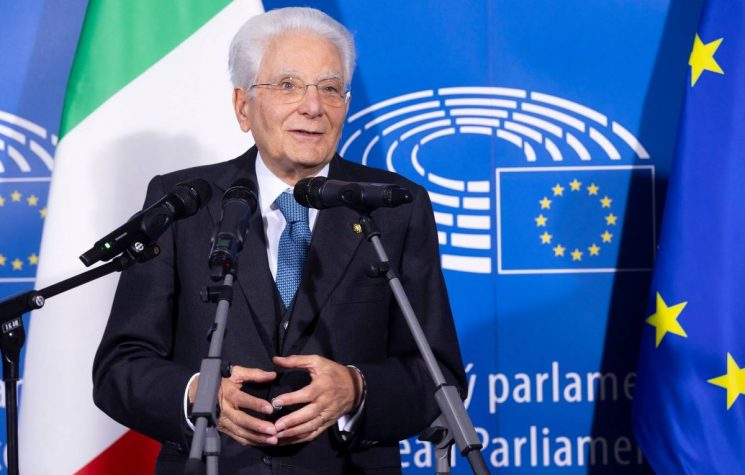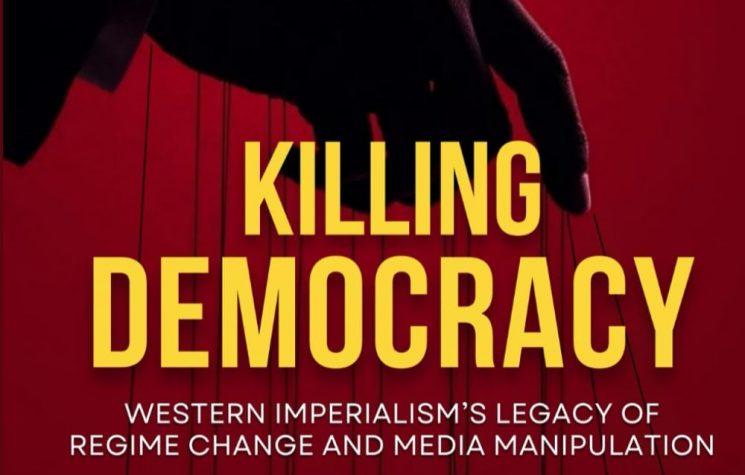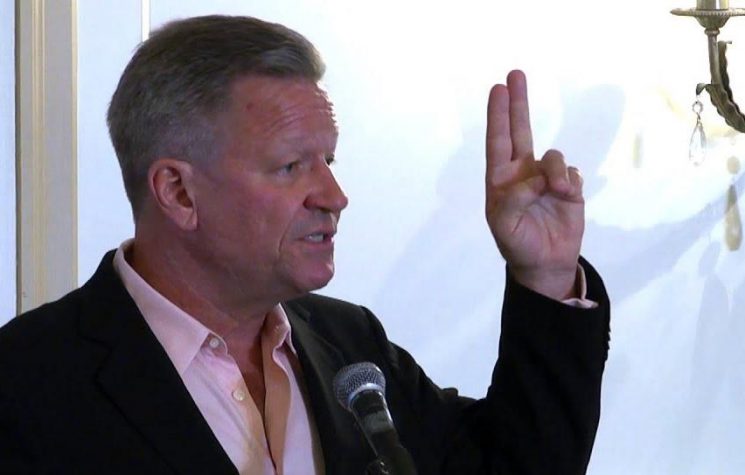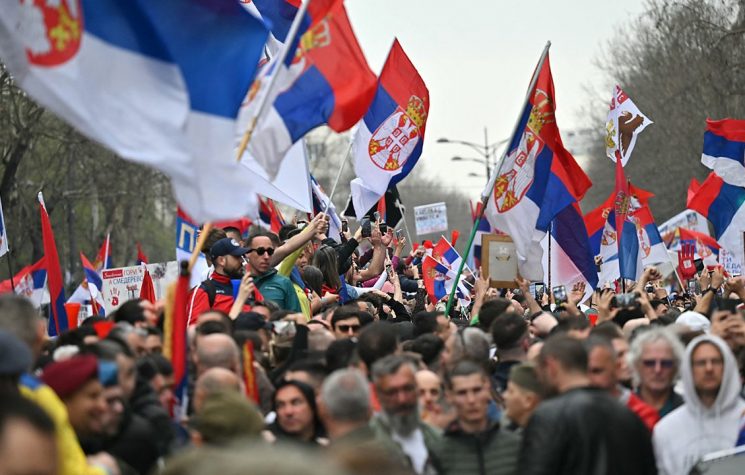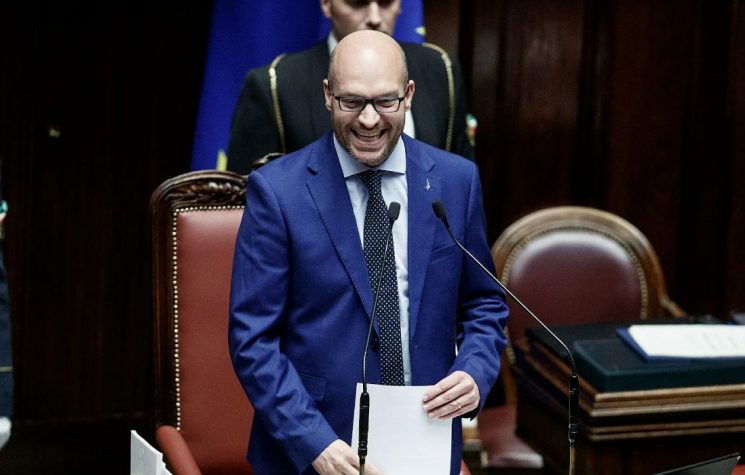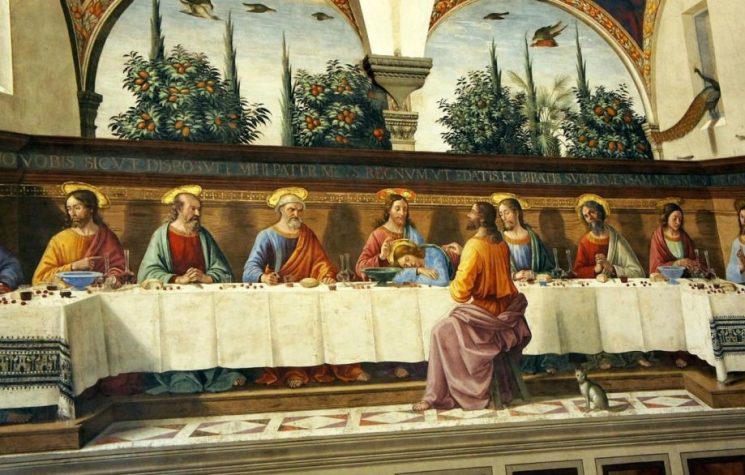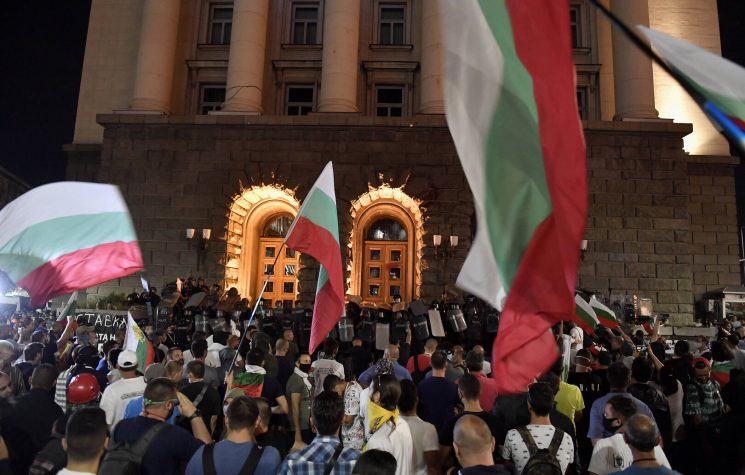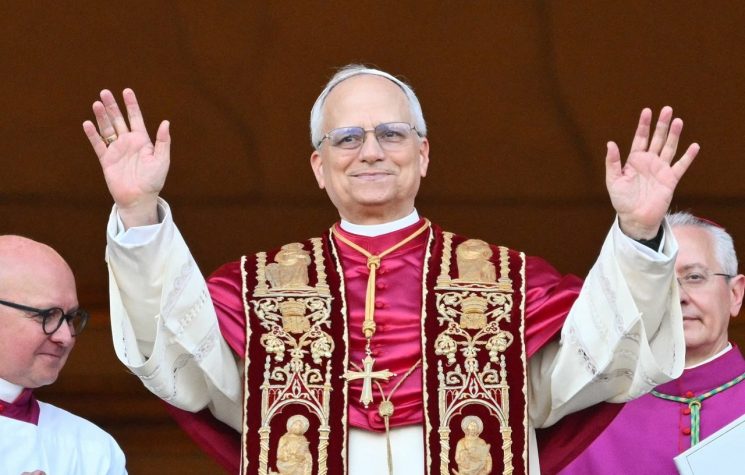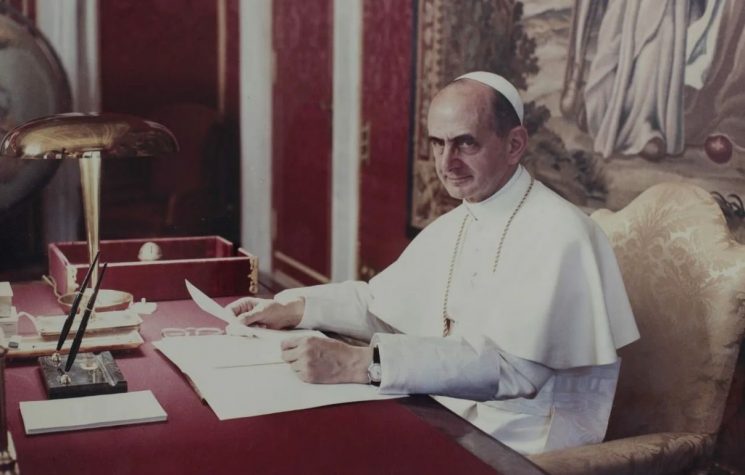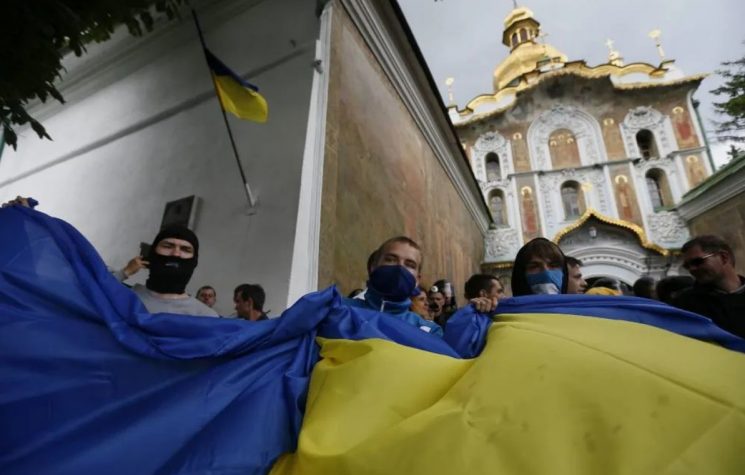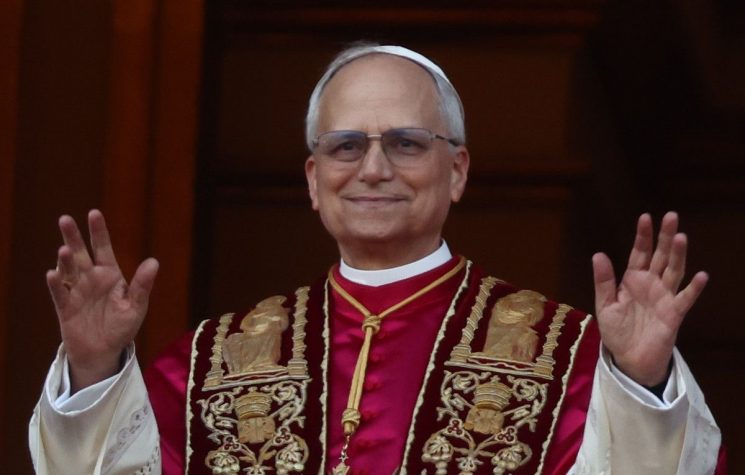Since Catholics and evangelicals are together and mixed in the Brazilian Right, the best marketing alternative for the Catholic Right in Brazil is to create vehicles and products that are generically Christian, instead of specifically Catholic.
Join us on Telegram![]() , Twitter
, Twitter![]() , and VK
, and VK![]() .
.
Contact us: info@strategic-culture.su
I had been wondering for some time whether I should write about the infiltration of Zionism into Catholicism through influencers in Brazil, or whether this was too particularistic a subject. The timely article “Former Iranian President Mahmoud Ahmadinejad, the late Queen Elizabeth and Israel’s dark arts”, by Declan Hayes, showed me that the subject is of the utmost relevance, since Zionism seeks to infiltrate even among Irish Catholics. Now, Ireland has been Catholic when the English were still pagans. With England’s adherence to Protestantism, the barbarities committed against Ireland further consolidated Catholicism as a trait of the Irish national character, in opposition to its heretical opponent.
The relationship between Catholicism and Protestantism in Ireland is very different from that in Brazil, where mass Protestantism is a novelty of the second half of the 20th century, and where relations are generally peaceful, without bloodshed. There was, it is true, an iconoclastic attack on the Patroness of Brazil, but the image was restored and this is small potatoes compared to whatever happened in the British Isles, France or Germany.
So, it is one thing to introduce a typical Puritan heresy among carefree Brazilian Catholics, but quite another to do it in Ireland. If they are doing it in Ireland, anything is possible!
Combining Declan Hayes’ account with my observation of Brazil, I believe that the methods for infiltration around the world are:
1) The rhetorical artifice that presents unconditional support for Israel as a badge of the Right;
2) Control of media companies with a Catholic theme that are secular and have no institutional relations with the Church;
3) Copying the subculture of coaches, common in the evangelical world of the United States.
In Ireland, for instance, there is a newspaper called The Irish Catholic, dedicated to ecclesiastical matters. After several sales, it ended up in the hands of a certain Garry O’Sullivan, owner of a company called Zion Media Limited. O’Sullivan is a Catholic and a layman. In addition to this thematic newspaper, there is the right-wing newspaper Gript, which has among its editors the pro-Israel Catholic John McGuirk, a layman who also worked at The Irish Catholic.
In general, politics today is divided between secular progressive leftists and religious conservative rightists. Since there are few Protestants among religious conservatives in Ireland, the pro-Israel position of the global New Right ends up translating there into a bizarre pro-Israel Catholic conservatism.
In Brazil, this translation also happens. We continue to be a country with a larger Catholic than Protestant population, and there are left-wing and right-wing Catholics. Taking regional inequalities into account, however, it can be said that Bolsonarism is a more Protestant than Catholic phenomenon. If there are no major statistical differences, there certainly are in the intensity of support. On the one hand, there are still strong marks of liberation theology in the older members of the Church. On the other hand, a major leader of pro-Bolsonaro demonstrations is Pastor Silas Malafaia, a Zionist televangelist. If a right-wing Catholic tends to support Bolsonaro out of pragmatism, a right-wing evangelical is capable of creating a YouTube channel just to compare Bolsonaro to the lion of Narnia. However, since Bolsonaro is Catholic (and married to a Zionist evangelical who speaks in tongues), the pastors prefer to compare him to the Persian king Cyrus the Great, who was good to the Jews even though he was not Jewish.
Since Catholics and evangelicals are together and mixed in the Brazilian Right, the best marketing alternative for the Catholic Right in Brazil is to create vehicles and products that are generically Christian, instead of specifically Catholic. This creates the environment for the rhetorical device of our item 1.
The newspaper I worked for, Gazeta do Povo (The People’s Gazette), has the profile of the Brazilian Christian right: it embraces the fight against abortion and deals with the trans issue – something that requires a lot of courage in Brazil because of the judicial activism of the Supreme Federal Court. Nevertheless, the newspaper is 100% pro-Israel. If you want to seek international coherence, it should be noted that the owner of the newspaper is a member of Opus Dei.
Let’s look at the coaching subculture. In Brazil, as I showed in another article, there is a person largely responsible for the subculture of conservative coaches who claim to be traditionalist Catholics: Olavo de Carvalho (1947 – 2022), an astrologer trained by the traditionalist cult of the Swiss Fritjof Schuon (1907 – 1998). On the internet, especially on Instagram, there are a myriad of coaches and influencers selling courses on modesty, virtuous living, the four humors, alchemy, astrology, symbolics and the “twelve layers of personality” (a theory from the pseudoscience that Olavo de Carvalho wanted to found, astrocharacterology). This would not have gone so far without the complacency of members of the clergy, among whom I highlight Father Paulo Ricardo. Does it hurt anything for him to tell his legion of followers that astrology has been rejected since the time of Saint Augustine?
There is originality in this movement, but much of it is a copy of the U.S. Ítalo Marsili, the most prominent influencer of Olavism (who even opened a real college!) sells on Instagram a “traditional” lifestyle that includes aesthetic Catholicism, a housewife, a ton of children, bucolic life and lots and lots of money. This plutocratic pro-natalism is not very different from Silicon Valley’s, which argues that those with the “best genes” (always very rich and, by self-declaration, very intelligent) should have lots of children.
Olavo de Carvalho was a Zionist to the point of considering Pope Saint John Paul II a “useful idiot” for speaking out against a decision by Ariel Sharon. In other words, between the favorite pope of anti-communists and the prime minister of Israel, the authority of the latter is more important. I leave the reader’s imagination to the guru’s attacks on Francis’ authority.
As if that weren’t enough, Olavo de Carvalho promoted the Austrian School to his followers, considering it foolish to worry about its incompatibility with Catholicism. Thus, adding the apology for the most radical liberalism, Zionist propaganda, rejection of papal authority, and the “traditionalist” lifestyle (which includes housewifery, home schooling, many children, and rural property), a niche was created among right-wing Catholics for ready-made marketing from the USA. That style of business that began in the analog world with fundamentalist Bill Gothard and his IBLP gains a myriad of fragmented, yet uniform, copies. With this, it manages to overcome the barriers of language and the Catholic religion, selling the same product in different packaging. Even pastors of individual churches, in general, are analog influencers, and Candace Owens has been denouncing the orchestrated effort for pastors to speak badly of her and Tucker Carlson in services.
Items 2 and 3 feed off each other, as influencers have created Catholic-themed companies (I myself have Chesterton from one of their publishers) and, in generic Christian media outlets, they are the spokespeople for Catholicism, appearing alongside Protestant columnists. Here too, the issue of marketing is important, as a for-profit newspaper will not prefer a monsignor to a Catholic influencer with millions of followers on Instagram or hundreds of thousands of viewers on YouTube.
I conclude, then, that the infiltration of Zionism into Catholicism feeds on the division between Left and Right, as well as on marketing strategies.
Now, a more complicated issue, and one that is still unclear to me, is the intellectual relationship of the second most prominent American Catholic in the world – JD Vance – with the sinister Peter Thiel and Curtis Yarvin.










